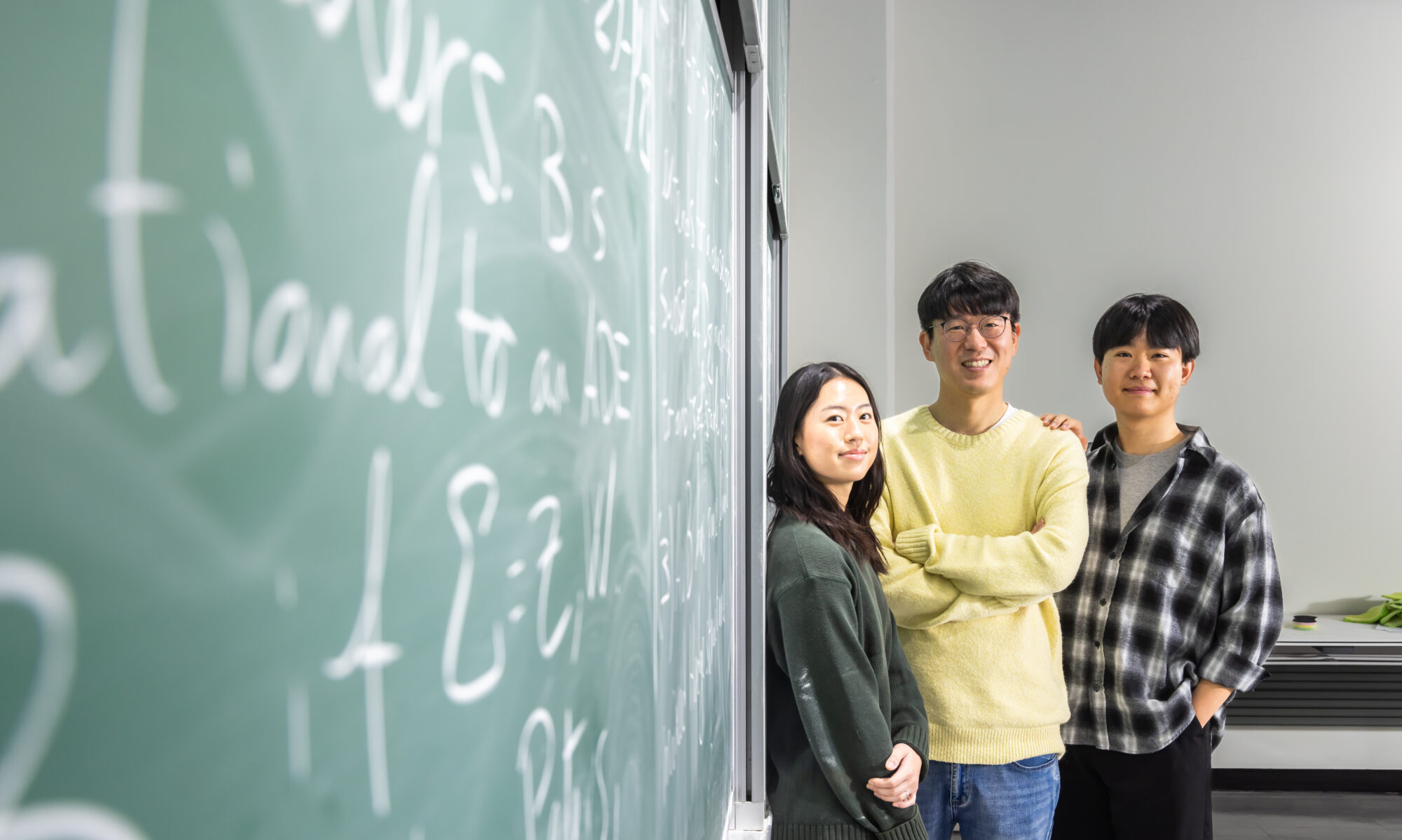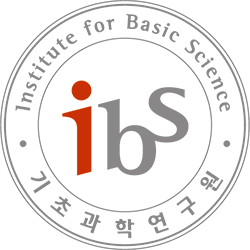Model Reduction for the Chemical Master Equation: an Information-Theoretic Approach
B378 Seminar room, IBS 55 Expo-ro Yuseong-gu, Daejeon, Korea, Republic ofWe will discuss about "Model Reduction for the Chemical Master Equation: an Information-Theoretic Approach", Öcal, Kaan, Guido Sanguinetti, and Ramon Grima., arXiv preprint arXiv:2210.05329 (2022). Abstract: The complexity of mathematical models in biology has rendered model reduction an essential tool in the quantitative biologist's toolkit. For stochastic reaction networks described using the Chemical Master Equation, commonly …

